Laser Modules
The separate-type laser module adopts an innovative architecture of physical isolation and intelligent synergy. It decomposes core functional units into four independent modules—laser body, drive power supply, temperature control system, and optical calibration component—and achieves collaborative operation through standardized interfaces.
VLFL-SF-N Split-Type Single-Mode Laser Module
Core light source components in the field of medium and high-precision optical inspection and measurement
- High precision, low interference
- Separate and flexible
- Long lifespan and wide adaptability
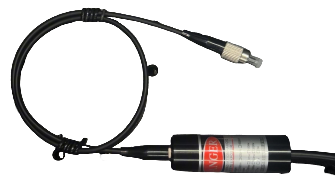
VLFL-SF-N Split-Type Single-Mode Laser Module
The orange-red light features excellent biocompatibility with minimal damage to biological tissues; it has outstanding beam collimation, with RMS noise ≤ 1% and 2-hour power stability ≤ 3%;
Making it suitable for long-duration fluorescence experiments; its miniaturized design can be embedded in portable optical detection equipment.
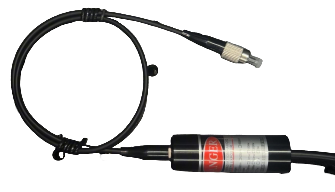
VLFL-SF-N Split-Type Single-Mode Laser Module
Red light penetrates biological tissues to a moderate depth (approximately 1-2mm), which can both excite fluorescence and reduce photobleaching.
It has excellent power stability, making it suitable for scenarios requiring long-term irradiation such as plant photoperiod regulation.
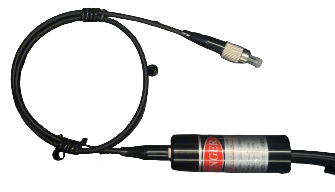
VLFL-SF-N Split-Type Single-Mode Laser Module
Crimson red light has less scattering loss in turbid media and can travel a longer distance.
It is safer for the human eye than the blue light band and is suitable for open optical path applications.
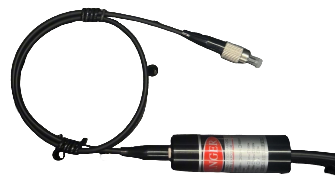
VLFL-SF-N Split-Type Single-Mode Laser Module
It has both visible light and near-infrared characteristics, maintaining a certain imaging contrast while reducing sunlight interference; the collimation of the light beam supports long-distance precision ranging (0.2-140m).
Applications: Industrial 3D laser scanning, cultural relic digital modeling, engineering surveying and mapping ranging, robot visual positioning systems.

VLFL-SF-N Split-Type Single-Mode Laser Module
Significantly reduce the interference of spontaneous fluorescence in biological samples (reduced by more than 60% compared to the visible light band) and support non-destructive testing.
Near-infrared light can penetrate biological tissues to a depth of 1-3mm, making it suitable for the analysis of deep samples.

VLFL-SF-N Split-Type Single-Mode Laser Module
Near-infrared light has weak absorption by water, and its penetration depth in biological tissues reaches 3-5mm.
The thermal effect is controllable, making it suitable for medical scenarios that require local heating.
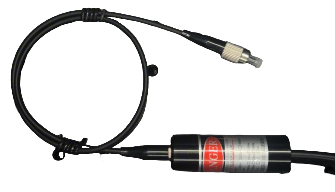
VLFL-SF-N Split-Type Single-Mode Laser Module
Near-infrared II region spectral characteristics, with low tissue scattering rate.
High absorption rate for silicon-based materials, suitable for semiconductor detection scenarios.
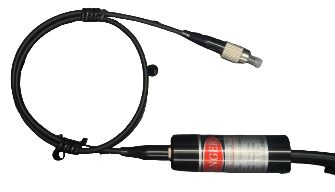
VLFL-SF-N Split-Type Single-Mode Laser Module
Excellent night vision compatibility, maintaining imaging quality even in low-light environments of 0.04lux; commonly used wavelengths for multimode fiber optic communication, with transmission rates up to 10Gbps or higher.
Applications: Infrared supplementary lighting for security monitoring, automotive night vision systems, multimode fiber optic communication modules, infrared thermal imaging equipment.

VLFL-SF-N Split-Type Single-Mode Laser Module
It has strong atmospheric penetration capability, and the attenuation rate in rainy and foggy environments is 30% lower than that of the 850nm band.
It has high ranging accuracy and is suitable for long-distance detection.
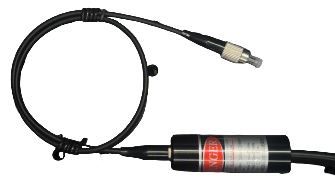
VLFL-SF-N Split-Type Single-Mode Laser Module
It has strong concealment and is suitable for security scenarios that require anti-interference; it has a high degree of deviation from the water absorption peak and excellent stability in humid environments.
Applications: Concealed security monitoring, infrared remote controls, biosensors, industrial testing in humid environments.
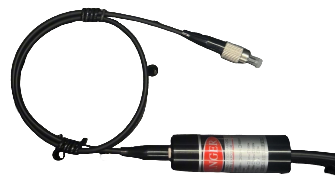
VLFL-SF-N Split-Type Single-Mode Laser Module
The tissue penetration depth reaches 5-10mm, making it suitable for deep physical therapy.
It has good synergy with Er:YAG lasers and can be used for auxiliary illumination in laser surgeries.

VLFL-SF-N Split-Type Single-Mode Laser Module
The material has high universality in absorption rate, with an absorption rate of more than 80% for metals, ceramics, plastics, etc.; it supports the "cold processing" mode, with no risk of thermal deformation.
Applications: Semiconductor wafer cutting, OLED screen precision cutting, ceramic circuit board etching, precision processing of cardiovascular stents.
VLFL-SF-T Split-Type Single-Mode Laser Module
Modular optical device that stably outputs high-purity single-mode laser
- High single-mode beam performance
- Split-type flexible deployment
- Ultra-high wavelength stability
- Full-function integration, safety and reliability
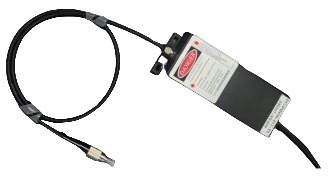
VLFL-SF-T Split-Type Single-Mode Laser Module
Probes sensitive to red light (such as rhodamine) have high excitation efficiency; they are visible to the human eye, making optical path calibration convenient; and they have a wide voltage range (90-245V) suitable for global power supply.
M² ≤ 1.2, with excellent spot uniformity, suitable for precision optical scenarios.

VLFL-SF-T Split-Type Single-Mode Laser Module
M² ≤ 1.2, power stability ≤ 2%, spectral linewidth 1-2nm, TEC temperature control.
Penetration depth in biological tissues is 3-5mm (better than 638nm), with little damage, compatible with commercial fluorescent dyes such as Cy5, suitable for fluorescence analysis scenarios.
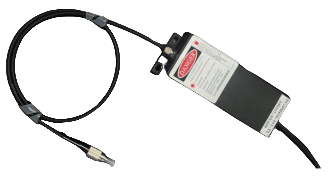
VLFL-SF-T Split-Type Single-Mode Laser Module
It balances human eye visibility (for optical path debugging) and near-infrared penetration (for deep sample detection).
Single-mode fiber transmission has no multimode dispersion, and the optical signal has high fidelity, making it suitable for long-distance optical measurement.
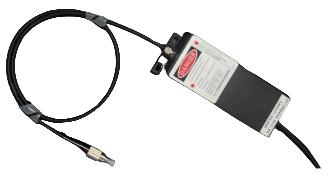
VLFL-SF-T Split-Type Single-Mode Laser Module
Strong ability to resist outdoor natural light interference (680-690nm is the near-infrared "dark line" region).
The penetration depth of biological tissue is 2-3mm, suitable for shallow detection.
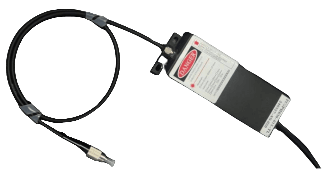
VLFL-SF-T Split-Type Single-Mode Laser Module
TEC temperature control can effectively suppress the temperature drift of the 785nm wavelength (near-infrared wavelengths are more sensitive to temperature), ensuring the stability of long-term experiments.
785nm is a commonly used wavelength in scientific research and industry, compatible with a large number of commercial fluorescent probes (such as quantum dots, Cy7 dyes) and Raman spectrometers.
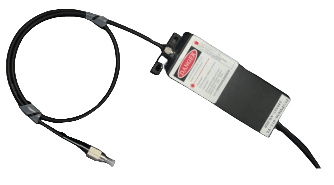
VLFL-SF-T Split-Type Single-Mode Laser Module
808nm is the core wavelength of semiconductor laser pump sources, with excellent wavelength stability in high-temperature environments; the wide voltage range (90-245V) makes it easy to integrate into industrial equipment.
Applications: Medical phototherapy for skin rejuvenation (near-infrared heating), industrial sensing for temperature detection (light absorption characteristics).

VLFL-SF-T Split-Type Single-Mode Laser Module
It is less affected by atmospheric scattering and is suitable for outdoor long-distance measurement.
The transmission attenuation of single-mode optical fiber is ≤0.5dB/km, which is suitable for short-distance sensing.

VLFL-SF-T Split-Type Single-Mode Laser Module
850nm is the standard wavelength for short-distance optical communication (such as Gigabit Ethernet optical modules), with a wide range of supporting communication devices (such as optical receivers) available.
The driver power supply has a compact size (83×50×40mm), which saves equipment installation space and is suitable for integration into miniaturized communication devices.
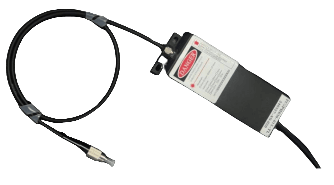
VLFL-SF-T Split-Type Single-Mode Laser Module
The 905nm wavelength has strong penetration through severe weather conditions such as fog, haze, and rain, making it suitable for outdoor sensing scenarios.
High beam quality (M²≤1.2) ensures that the light spot remains precise after long-distance transmission, meeting the "detection-ranging" requirements of short-range LiDAR.

VLFL-SF-T Split-Type Single-Mode Laser Module
Low noise (≤1%) ensures the effective collection of weak fluorescent signals (such as deep tissue fluorescence) and improves the sensitivity of medical detection.
940nm has extremely low absorption by water in biological tissues (much lower than 808/850nm), which can reduce sample damage and is suitable for long-term biological experiments.

VLFL-SF-T Split-Type Single-Mode Laser Module
980nm can be gently absorbed by hemoglobin and moisture in biological tissues, generating a local warming effect, which is suitable for "phototherapy-assisted detection".
Long lifespan (≥10000Hrs) and high stability meet the "continuous operation" requirement of medical equipment (such as dermatological phototherapy devices).
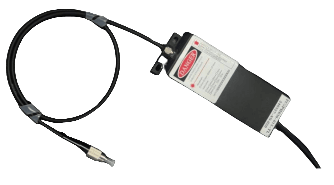
VLFL-SF-T Split-Type Single-Mode Laser Module
1064nm is the standard wavelength of Nd:YAG lasers, with mature technology.
It has the strongest penetration into metals and ceramics, making it suitable for deep defect detection.

